-
 Bitcoin
Bitcoin $83,003.8346
-0.90% -
 Ethereum
Ethereum $1,787.6973
-1.64% -
 Tether USDt
Tether USDt $0.9995
0.01% -
 XRP
XRP $2.1263
0.23% -
 BNB
BNB $591.2351
-0.90% -
 Solana
Solana $119.1255
-3.05% -
 USDC
USDC $0.9999
0.01% -
 Dogecoin
Dogecoin $0.1680
-1.02% -
 Cardano
Cardano $0.6486
-1.38% -
 TRON
TRON $0.2377
-0.81% -
 UNUS SED LEO
UNUS SED LEO $9.0563
-5.00% -
 Chainlink
Chainlink $12.6573
-2.11% -
 Toncoin
Toncoin $3.2615
-3.30% -
 Stellar
Stellar $0.2502
-3.15% -
 Avalanche
Avalanche $17.8425
-1.32% -
 Shiba Inu
Shiba Inu $0.0...01229
0.67% -
 Sui
Sui $2.2042
-3.02% -
 Hedera
Hedera $0.1612
-2.25% -
 Litecoin
Litecoin $82.0175
-2.55% -
 Polkadot
Polkadot $3.9412
-2.25% -
 MANTRA
MANTRA $6.2543
-0.12% -
 Bitcoin Cash
Bitcoin Cash $300.2157
0.46% -
 Dai
Dai $1.0001
0.02% -
 Bitget Token
Bitget Token $4.4395
-1.99% -
 Ethena USDe
Ethena USDe $0.9991
0.02% -
 Hyperliquid
Hyperliquid $11.8287
-1.42% -
 Monero
Monero $212.7655
-0.81% -
 Pi
Pi $0.5759
9.84% -
 Uniswap
Uniswap $5.8019
-1.57% -
 OKB
OKB $51.5723
5.60%
Does the NFT trading platform support cross-chain transactions?
Cross-chain NFT trading platform support varies greatly, depending on technology and integrations; bridges and protocols facilitate transfers, but security and costs remain key considerations.
Mar 05, 2025 at 11:13 pm
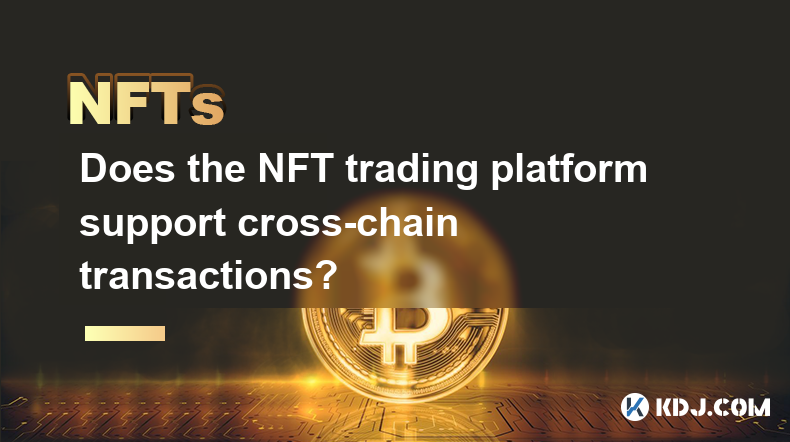
Key Points:
- Cross-chain NFT transactions are becoming increasingly important for expanding NFT accessibility and liquidity.
- Not all NFT trading platforms currently support cross-chain transactions. Support depends on the platform's underlying technology and integrations.
- Platforms offering cross-chain functionality often use bridges or protocols to facilitate transfers between different blockchains.
- Security and cost are significant considerations when dealing with cross-chain NFT transfers.
- The future likely holds wider adoption of cross-chain NFT transactions, enhancing the NFT ecosystem.
Does the NFT trading platform support cross-chain transactions?
The question of cross-chain NFT transaction support on various trading platforms is crucial for understanding the current state of the NFT market. The answer, unfortunately, isn't a simple yes or no. Many factors influence a platform's ability to facilitate such transactions. Let's delve into the complexities.
The ability of an NFT trading platform to support cross-chain transactions hinges primarily on its technological infrastructure. Platforms built on a single blockchain, such as Ethereum, are inherently limited in their native ability to handle NFTs from other chains. However, many platforms are integrating solutions to overcome this limitation.
One common approach is the utilization of cross-chain bridges. These bridges act as intermediaries, allowing NFTs to be transferred between different blockchains. They essentially "wrap" the NFT on the source chain, creating a corresponding token on the destination chain. This wrapped NFT can then be traded on the platform.
Different bridges utilize varying technologies, each with its own strengths and weaknesses. Some are centralized, potentially raising concerns about security and trust. Others are decentralized, aiming for greater security and transparency but often sacrificing speed and ease of use.
The security of cross-chain NFT transactions is paramount. The process involves multiple steps and interactions with different protocols, increasing the potential for vulnerabilities. Users should carefully research the reputation and security measures implemented by both the trading platform and the specific bridge used.
Transaction fees also play a significant role. Cross-chain transfers often involve higher costs compared to on-chain transactions. These fees can vary greatly depending on the specific blockchains, bridges, and network congestion. Users should factor these costs into their trading strategies.
Exploring Specific Platforms and their Cross-Chain Capabilities:
Let's look at some examples. Some prominent platforms like OpenSea are predominantly Ethereum-based, though they may be exploring or integrating cross-chain capabilities through partnerships or updates. Other platforms, built with cross-chain functionality in mind, are emerging. These newer platforms often prioritize interoperability as a core feature.
To determine if a specific platform supports cross-chain transactions, you should:
- Check the platform's official documentation: Look for information on supported blockchains and any mention of cross-chain transfers.
- Examine the supported NFT standards: The platform might specify support for specific NFT standards (e.g., ERC-721, ERC-1155) on various chains.
- Look for announcements and updates: Platforms often announce new features and integrations through blog posts, social media, and press releases.
- Engage with the community: Online forums and communities related to the platform may contain information on cross-chain capabilities.
Understanding the Challenges of Cross-Chain NFT Transactions:
Implementing cross-chain NFT transactions is a complex undertaking. Challenges include:
- Maintaining compatibility: Different blockchains have varying architectures and functionalities, making seamless integration difficult.
- Ensuring security: The process involves multiple steps and interactions, increasing the attack surface.
- Managing transaction fees: Cross-chain transfers are often more expensive than on-chain transactions.
- Handling scalability: As the number of transactions increases, scalability becomes a significant concern.
The Future of Cross-Chain NFT Transactions:
The demand for cross-chain NFT transactions is likely to grow as the NFT ecosystem matures. As more platforms integrate this functionality and as bridge technologies improve, we can expect smoother, more efficient, and cost-effective cross-chain transfers.
Frequently Asked Questions:
Q: Are all NFT marketplaces cross-chain compatible?
A: No, not all NFT marketplaces currently support cross-chain transactions. Many are built on a single blockchain and lack the necessary infrastructure for cross-chain interoperability.
Q: What are the risks of cross-chain NFT transactions?
A: Risks include potential security vulnerabilities in bridges, higher transaction fees, and the possibility of loss of funds due to errors or exploits. Thorough research and careful selection of platforms and bridges are crucial.
Q: How do cross-chain bridges work?
A: Cross-chain bridges facilitate the transfer of NFTs between different blockchains. They typically involve locking the original NFT on the source chain and minting a corresponding token representing the NFT on the destination chain. The exact mechanism varies depending on the bridge's design.
Q: What are the benefits of cross-chain NFT trading?
A: Cross-chain trading expands market reach, increases liquidity, and enables users to access a wider variety of NFTs regardless of the blockchain they are on.
Q: Will cross-chain NFT transactions become the standard?
A: While it's difficult to predict the future definitively, the increasing demand for interoperability strongly suggests that cross-chain NFT transactions will play a significantly larger role in the future of the NFT market. However, technical challenges and security concerns still need to be addressed.
Disclaimer:info@kdj.com
The information provided is not trading advice. kdj.com does not assume any responsibility for any investments made based on the information provided in this article. Cryptocurrencies are highly volatile and it is highly recommended that you invest with caution after thorough research!
If you believe that the content used on this website infringes your copyright, please contact us immediately (info@kdj.com) and we will delete it promptly.
- NFL overtime rules will now be uniform across the regular season and playoffs
- 2025-04-06 04:40:12
- Despite Failing to Start the Monthly Trade on a Bearish Note, the Crypto Markets Are Trying to Cope
- 2025-04-06 04:40:12
- Valuta: EOS's Strategic Rebirth
- 2025-04-06 04:35:12
- Binance Charity to Airdrop up to $1.5M in BNB to Myanmar and Thailand Earthquake Victims
- 2025-04-06 04:35:12
- Kerala: Digital Payment Systems Introduced in Government Hospitals
- 2025-04-06 04:30:12
- Pi Network price today
- 2025-04-06 04:30:12
Related knowledge
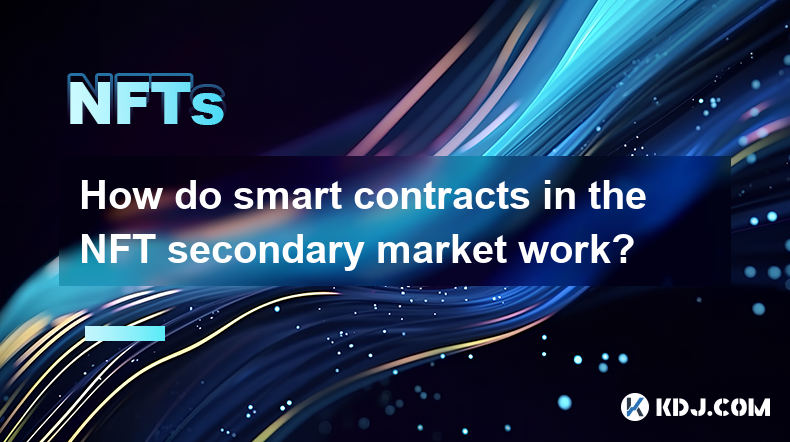
How do smart contracts in the NFT secondary market work?
Apr 03,2025 at 07:14am
Smart contracts play a pivotal role in the NFT secondary market, facilitating seamless transactions and enforcing predefined rules. These self-executing contracts with the terms of the agreement directly written into code are stored on the blockchain. In the context of NFTs, smart contracts automate the buying, selling, and transferring of digital asset...
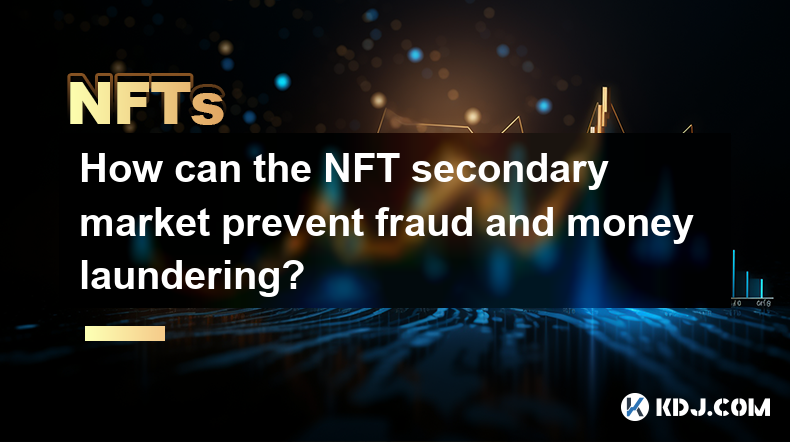
How can the NFT secondary market prevent fraud and money laundering?
Apr 03,2025 at 08:35am
The NFT secondary market has become a thriving hub for digital art and collectibles, but it also faces challenges in preventing fraud and money laundering. To tackle these issues, the market can implement various strategies and technologies to ensure a safer and more transparent trading environment. This article will explore how the NFT secondary market...

How are transaction fees in the NFT secondary market calculated?
Apr 04,2025 at 05:28am
The calculation of transaction fees in the NFT secondary market is a crucial aspect that both buyers and sellers need to understand. These fees can significantly impact the overall cost of transactions and the profits that sellers can make. In this article, we will delve into the various components that make up these fees, how they are calculated, and w...
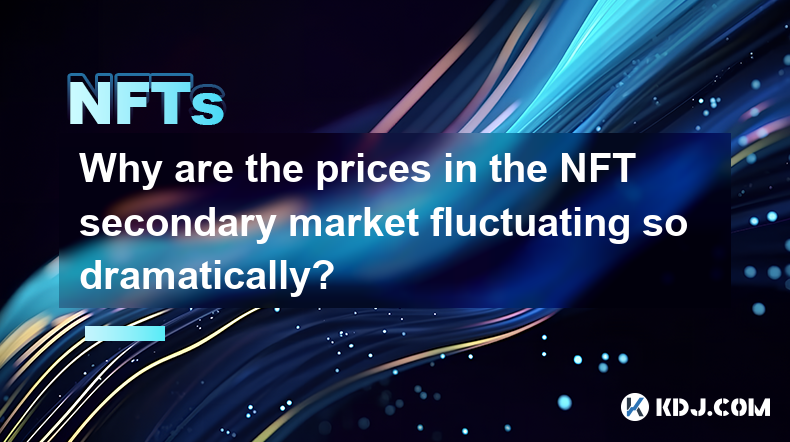
Why are the prices in the NFT secondary market fluctuating so dramatically?
Apr 03,2025 at 10:35pm
The NFT secondary market has been experiencing dramatic price fluctuations, leaving many in the cryptocurrency community puzzled and curious. To understand this phenomenon, it's essential to delve into the factors driving these price movements. From the impact of market sentiment and celebrity endorsements to the role of speculation and the unique natur...
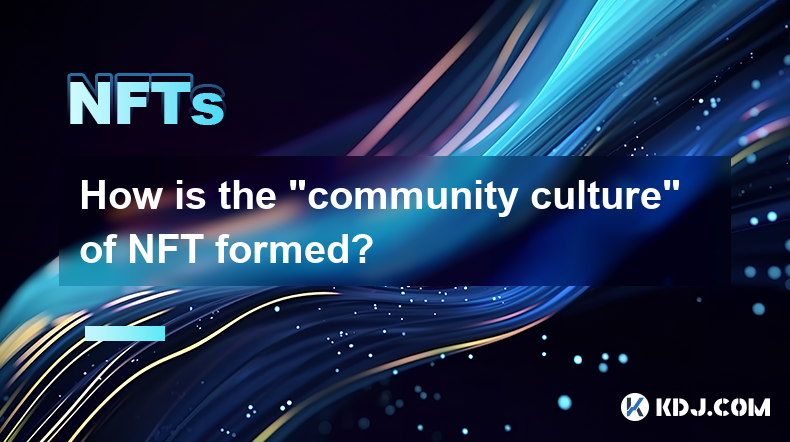
How is the “community culture” of NFT formed?
Apr 03,2025 at 11:07am
The formation of the 'community culture' within the NFT (Non-Fungible Token) space is a fascinating and multi-faceted process. It involves various elements such as shared interests, active engagement, and the creation of a sense of belonging among members. NFT communities often revolve around specific projects or artists, fostering a unique environment ...
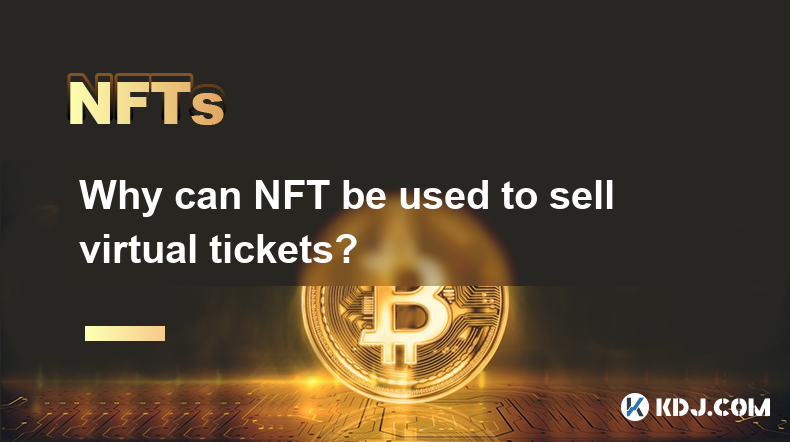
Why can NFT be used to sell virtual tickets?
Apr 03,2025 at 01:35pm
NFTs, or Non-Fungible Tokens, have revolutionized the way we think about digital ownership and value, particularly in the realm of virtual tickets. The primary reason NFTs can be used to sell virtual tickets is their unique nature. Unlike cryptocurrencies such as Bitcoin or Ethereum, which are fungible and can be exchanged on a one-to-one basis, NFTs ar...

How do smart contracts in the NFT secondary market work?
Apr 03,2025 at 07:14am
Smart contracts play a pivotal role in the NFT secondary market, facilitating seamless transactions and enforcing predefined rules. These self-executing contracts with the terms of the agreement directly written into code are stored on the blockchain. In the context of NFTs, smart contracts automate the buying, selling, and transferring of digital asset...

How can the NFT secondary market prevent fraud and money laundering?
Apr 03,2025 at 08:35am
The NFT secondary market has become a thriving hub for digital art and collectibles, but it also faces challenges in preventing fraud and money laundering. To tackle these issues, the market can implement various strategies and technologies to ensure a safer and more transparent trading environment. This article will explore how the NFT secondary market...

How are transaction fees in the NFT secondary market calculated?
Apr 04,2025 at 05:28am
The calculation of transaction fees in the NFT secondary market is a crucial aspect that both buyers and sellers need to understand. These fees can significantly impact the overall cost of transactions and the profits that sellers can make. In this article, we will delve into the various components that make up these fees, how they are calculated, and w...

Why are the prices in the NFT secondary market fluctuating so dramatically?
Apr 03,2025 at 10:35pm
The NFT secondary market has been experiencing dramatic price fluctuations, leaving many in the cryptocurrency community puzzled and curious. To understand this phenomenon, it's essential to delve into the factors driving these price movements. From the impact of market sentiment and celebrity endorsements to the role of speculation and the unique natur...

How is the “community culture” of NFT formed?
Apr 03,2025 at 11:07am
The formation of the 'community culture' within the NFT (Non-Fungible Token) space is a fascinating and multi-faceted process. It involves various elements such as shared interests, active engagement, and the creation of a sense of belonging among members. NFT communities often revolve around specific projects or artists, fostering a unique environment ...

Why can NFT be used to sell virtual tickets?
Apr 03,2025 at 01:35pm
NFTs, or Non-Fungible Tokens, have revolutionized the way we think about digital ownership and value, particularly in the realm of virtual tickets. The primary reason NFTs can be used to sell virtual tickets is their unique nature. Unlike cryptocurrencies such as Bitcoin or Ethereum, which are fungible and can be exchanged on a one-to-one basis, NFTs ar...
See all articles





















































































